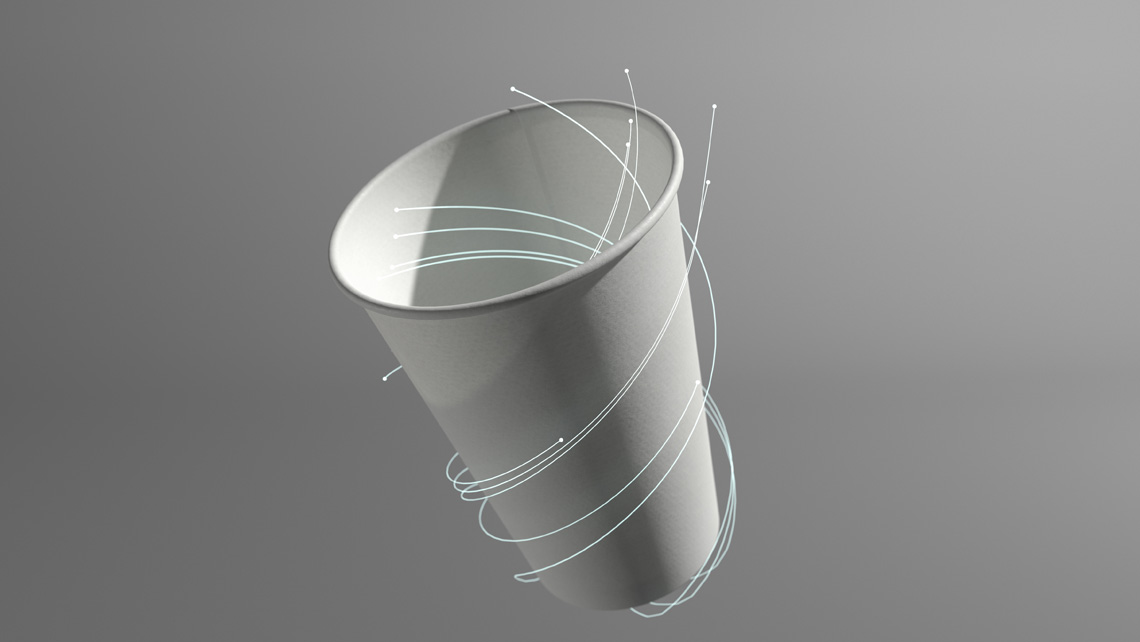Kemira is dedicated to pioneering renewable alternatives to conventional plastic-based coatings and films prevalent in today’s paper and board packaging. Through our partnership with Danimer Scientific, we’ve harnessed the potential of renewable PHA (polyhydroxyalkanoate) in aqueous dispersion barrier coatings for paper and board packaging. Here are the 5 key benefits that make PHA coatings an ideal option for the packaging value chain seeking more sustainable solutions.
1. Enabling fully biodegradable and compostable packaging
One of the greatest benefits of PHA is its ability to biodegrade in any environment without leaving a harmful footprint. Unlike many conventional fossil-based plastics – or even novel bioplastics – commonly used in paper and board packaging to create needed barrier properties, PHA is certified to be, e.g., marine biodegradable and home compostable. Its biodegradability profile is comparable to that of cellulose, starch, and other natural polymers, making it an ideal choice for enhancing the functionality of renewable fiber-based packaging materials.
2. Ensuring recyclability and efficient fiber reuse
Promoting a circular economy is essential for sustainable packaging practices. Paper and board are inherently recyclable packaging materials, and thus the primary end-of-life option for them should be recycling, as it enables the recovery and reuse of the fiber raw material. PHA-coated paper and board can be integrated into existing recycling streams, facilitating the efficient recycling of coated packaging materials. In the repulping process, where paper is broken down into a pulp slurry for recycled paper production, PHA coating does not hinder separation of the paper fibers, resulting in high fiber yield and efficient recovery, maximizing the lifecycle of fiber-based packaging materials.
3. Increasing renewability and safety of food packaging
PHA is derived from renewable resources such as vegetable oils, using advanced biotechnology. Being fully biobased, it provides a more sustainable alternative to traditional petroleum-based coatings like PE (polyethylene). PHA is also approved for use in food contact applications, making it a suitable alternative to harmful compounds such as PFAS (per- and polyfluoroalkyl substances) in barrier applications.
4. Providing excellent oil, grease, moisture, and water barrier
In food packaging, protecting products from external elements is crucial for maintaining freshness and extending shelf life. Especially with greasy products and liquids, it’s equally important to prevent deterioration from inside the packaging. PHA coatings exhibit excellent barrier properties against oil and grease, water and moisture. During development, different PHA formulations have been extensively tested, to optimize the performance and ensure applicability to different types of substrates.
5. Facilitating convertibility
Versatility is key in packaging applications. PHA can be applied to various substrates, including paper and board as well as flexible films, facilitating a variety of packaging formats. Additionally, PHA coatings provide good converting properties, such as cold welding and heat sealability, ensuring performance in different packaging applications such as cupstock or flexible packaging.




